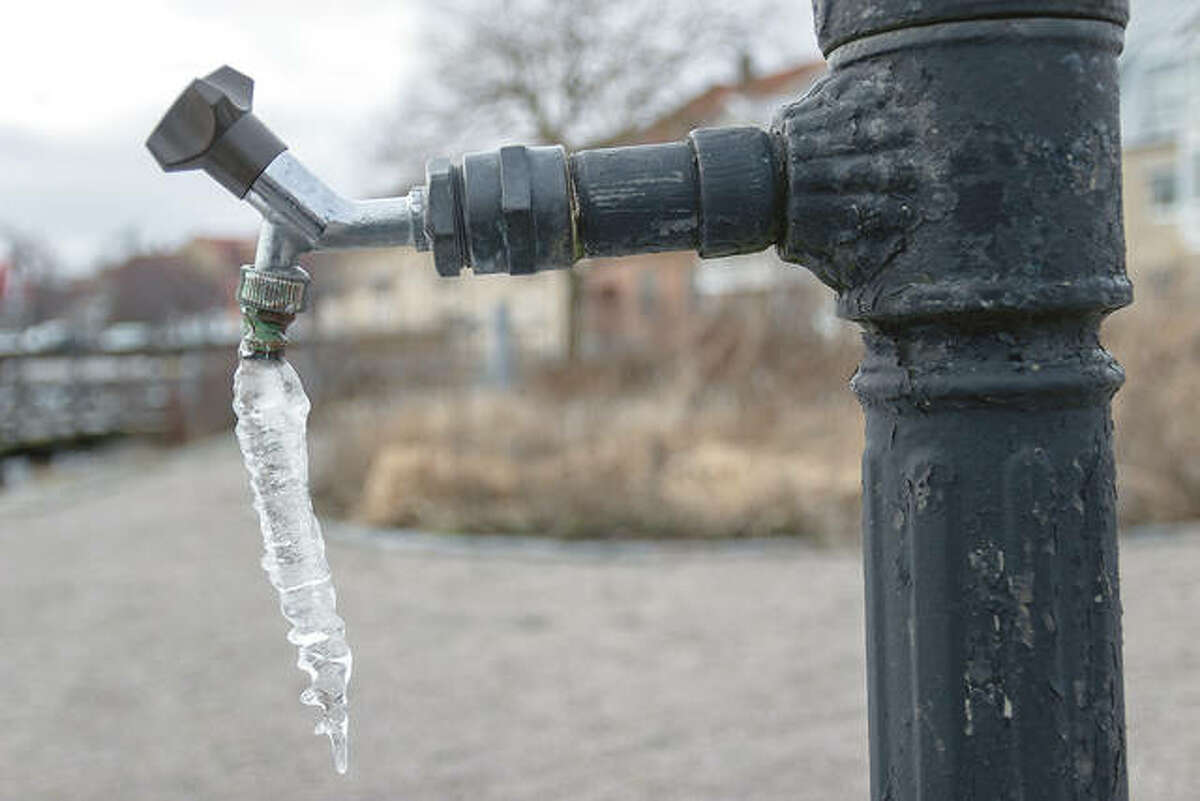Ways to Maintain Your Pipes from Freezing Issues: Essential Tips
Ways to Maintain Your Pipes from Freezing Issues: Essential Tips
Blog Article
Are you looking for information involving How to Prevent Your Pipes From Freezing?

Cold weather can damage your plumbing, particularly by freezing pipes. Below's exactly how to prevent it from taking place and what to do if it does.
Intro
As temperatures decline, the danger of icy pipelines increases, potentially causing pricey repairs and water damages. Comprehending just how to prevent icy pipes is vital for homeowners in cold climates.
Recognizing Icy Pipes
What causes pipelines to ice up?
Pipes freeze when exposed to temperatures listed below 32 ° F (0 ° C) for prolonged periods. As water inside the pipelines ices up, it expands, taxing the pipe wall surfaces and potentially causing them to rupture.
Risks and problems
Frozen pipes can lead to water interruptions, residential or commercial property damages, and expensive repair services. Ruptured pipes can flood homes and create extensive structural damages.
Indicators of Frozen Pipes
Identifying frozen pipelines early can avoid them from rupturing.
Just how to recognize icy pipelines
Seek decreased water flow from taps, uncommon smells or noises from pipelines, and visible frost on subjected pipes.
Avoidance Tips
Insulating prone pipelines
Cover pipelines in insulation sleeves or make use of warm tape to shield them from freezing temperatures. Concentrate on pipelines in unheated or outside locations of the home.
Home heating techniques
Maintain interior spaces effectively heated up, especially locations with plumbing. Open up cupboard doors to permit warm air to distribute around pipelines under sinks.
Shielding Outdoor Plumbing
Yard tubes and outdoor faucets
Disconnect and drain garden pipes prior to winter months. Install frost-proof spigots or cover outdoor faucets with insulated caps.
What to Do If Your Pipes Freeze
Immediate activities to take
If you suspect icy pipelines, maintain taps open to ease stress as the ice thaws. Make use of a hairdryer or towels taken in warm water to thaw pipelines gradually.
Long-Term Solutions
Structural adjustments
Consider rerouting pipelines away from outside wall surfaces or unheated areas. Include additional insulation to attics, cellars, and crawl spaces.
Upgrading insulation
Buy top notch insulation for pipes, attics, and wall surfaces. Appropriate insulation assists keep regular temperatures and lowers the threat of icy pipes.
Final thought
Avoiding icy pipes requires aggressive procedures and quick feedbacks. By recognizing the causes, indicators, and preventive measures, home owners can protect their plumbing during cold weather.
6 Proven Ways to Prevent Frozen Pipes and Protect Your Home
Disconnect and Drain Garden Hoses
Before winter arrives, start by disconnecting your garden hoses and draining any remaining water. Close the shut-off valves that supply outdoor hose bibs and leave the outdoor faucet open to allow any residual water to drain. For extra protection, consider using faucet covers throughout the colder months. It’s also important to drain water from any sprinkler supply lines following the manufacturer’s directions.
Insulate Exposed Pipes
Insulating your pipes is an effective way to prevent freezing. Pipe insulation is readily available at home improvement stores and is relatively inexpensive. Pay close attention to pipes in unheated areas such as the attic, basement, crawl spaces, or garage. Apply foam insulation generously to create a buffer against the cold. You can also wrap your pipes in heat tape or thermostat-controlled heat cables for added warmth.
Seal Air Leaks
Inspect your home for any cracks or openings that could let in cold air. Seal any holes around the piping in interior or exterior walls, as well as the sill plates where your home rests on its foundation. Additionally, make sure to keep your garage door closed unless you’re entering or exiting. Leaving it open creates a significant air leak that can lead to frozen pipes.
Allow Warm Air Circulation
During cold snaps, it’s essential to allow warm air to circulate evenly throughout your home. Leave interior doors ajar to promote better airflow. Open kitchen and bathroom cabinets to help distribute heat consistently around the rooms. If you have small children or pets, be sure to remove any household chemicals or potentially harmful cleaners from open cabinets for safety.
Let Faucets Drip
A small trickle of water can make a big difference in preventing ice formation inside your pipes. When temperatures drop significantly, start a drip of water from all faucets served by exposed pipes. This continuous flow helps prevent the water from freezing. Additionally, running a few faucets slightly can relieve pressure inside the pipes, reducing the chances of a rupture if the water inside does freeze.
https://choateshvac.com/6-proven-ways-to-prevent-frozen-pipes-and-protect-your-home/

I found that review on Preventing and dealing with frozen pipes while doing research the internet. Sharing is nice. Who knows, you will be doing someone a favor. I love reading our article about Helpful Tips to Prevent Frozen Pipes this Winter.
Book Today! Report this page